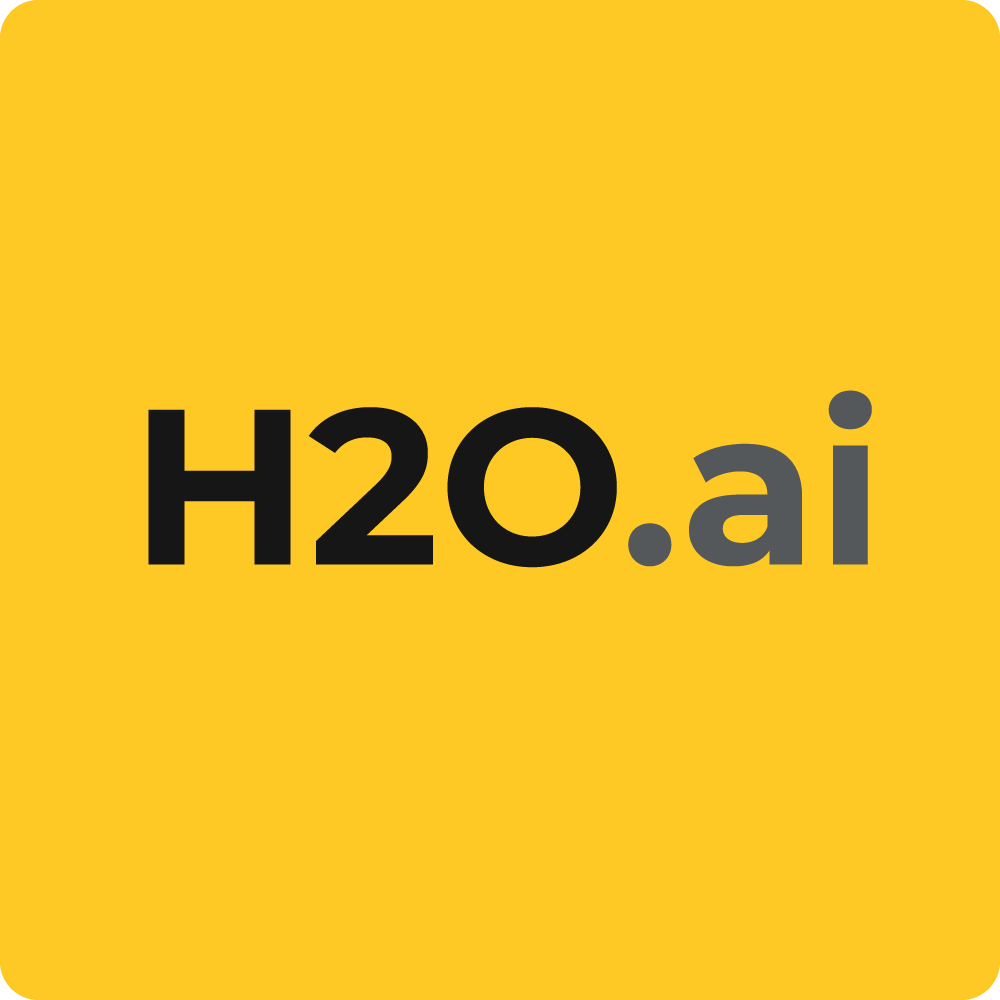H2O.ai, Continuum Analytics, and MapD Technologies have announced the formation of the GPU Open Analytics Initiative (GOAI) to create common data frameworks enabling developers and statistical researchers to accelerate data science on GPUs. GOAI will foster the development of a data science ecosystem on GPUs by allowing resident applications to interchange data seamlessly and efficiently. BlazingDB, Graphistry and Gunrock from UC Davis led by CUDA Fellow John Owens have joined the founding members to contribute their technical expertise.

The formation of the Initiative comes at a time when analytics and machine learning workloads are increasingly being migrated to GPUs. However, while individually powerful, these workloads have not been able to benefit from the power of end-to-end GPU computing. A common standard will enable intercommunication between the different data applications and speed up the entire workflow, removing latency and decreasing the complexity of data flows between core analytical applications.
At the GPU Technology Conference (GTC), NVIDIA’s annual GPU developers’ conference, the Initiative announced its first project: an open source GPU Data Frame with a corresponding Python API. The GPU Data Frame is a common API that enables efficient interchange of data between processes running on the GPU. End-to-end computation on the GPU avoids transfers back to the CPU or copying of in-memory data reducing compute time and cost for high-performance analytics common in artificial intelligence workloads.
Users of the MapD Core database can output the results of a SQL query into the GPU Data Frame, which then can be manipulated by the Continuum Analytics’ Anaconda NumPy -like Python API or used as input into the H2O suite of machine learning algorithms without additional data manipulation. In early internal tests, this approach exhibited order-of-magnitude improvements in processing times compared to passing the data between applications on a CPU.

“The data science and analytics communities are rapidly adopting GPU computing for machine learning and deep learning . However, CPU-based systems still handle tasks like subsetting and preprocessing training data, which creates a significant bottleneck,” said Todd Mostak, CEO and co-founder of MapD Technologies. “The GPU Data Frame makes it easy to run everything from ingestion to preprocessing to training and visualization directly on the GPU. This efficient data interchange will improve performance, encouraging development of ever more sophisticated GPU-based applications.”
“GPU Data Frame relies on the Anaconda platform as the foundational fabric that brings data science technologies together to take full advantage of GPU performance gains,” said Travis Oliphant, co-founder and chief data scientist of Continuum Analytics. “Using NVIDIA’s technology, Anaconda is mobilizing the Open Data Science movement by helping teams avoid the data transfer process between CPUs and GPUs and move nimbly toward their larger business goals. The key to producing this kind of innovation are great partners like H2O and MapD.”
“Truly diverse open source ecosystems are essential for adoption – we are excited to start GOAI for GPUs alongside leaders in data and analytics pipeline to help standardize data formats,” said Sri Ambati, CEO and co-founder of H2O.ai. “GOAI is a call for the community of data developers and researchers to join the movement to speed up analytics and GPU adoption in the enterprise.”
The GPU Open Analytics Initiative is actively welcoming participants who are committed to open source and to GPUs as a computing platform.
Details of the GPU Data Frame can be found at the Initiative’s Github repo .










